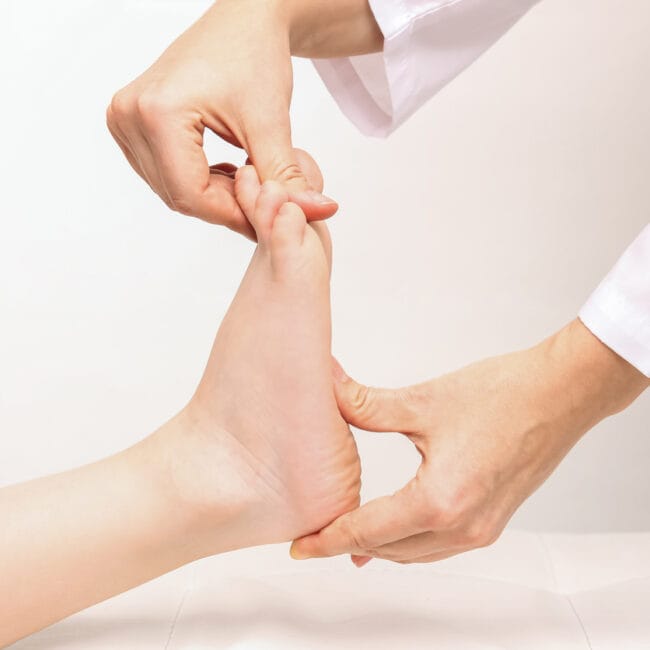Tendon pain usually presents as being a bit stiff and sore initially (particularly after a period of sitting/sleeping), goes away after a bit of activity but after a while starts getting painful with each step and can hang around for 24-48 hours afterwards.
You’ll find tendons anywhere a bone attaches to a muscle. So, you’ve hundreds of them. But the most common tendons that tend to get irritated are:
Achilles (above your heel)
Patella (below your kneecap)
Gluteal (on the outside of your hip)
Hamstring (the bony bit at the base of your bum)
Too much, too soon?
While some people are more likely to get tendon pain, it almost always follows a spurt of activity that your body isn’t used to – e.g. getting back into pre-season training, going for a particularly long walk, or increasing your running mileage too quickly.
Think of your muscles as having a certain capacity and when they can’t work any harder, the tendon attached to it starts giving out!
Rest is not the answer
In the short-term, chilling out for a few days or weeks will allow the pain to reduce or go away. But returning to activity will inevitably bring on the same symptoms again. And, if anything, those symptoms are likely to return sooner because with rest, our muscles start losing capacity. Lower capacity means the tendons are more likely to get irritated sooner.
Some pain, some gain
Keeping you running or walking, with a relatively small amount of pain, is what we will try to do. If the pain is severe, a short period of rest may help but ideally modifying your activity in the short-term (reducing your speed, intensity or distance) can help keep you moving. This will also mean you can maintain your current muscle capacity.
Load it
The best evidence we have available for treating tendon pain is to strengthen the muscles they attach to. An individually designed programme, that is a progressed on a regular basis, will allow you gradually increase your muscle capacity and help you achieve your goals.
Tendons take time
We’re looking for the right fix, not a quick fix. Massage, ultrasound, orthotics, taping and injections can absolutely give temporary relief. But those treatments alone just deal with the symptoms and not the problem – very likely the symptoms will return. Loading your muscles and getting them stronger will typically take time; it varies person to person but typically it is months rather than weeks.
Credits: Dr Peter Malliaris + Tom Goom for all their expertise and research in the tendon field.














